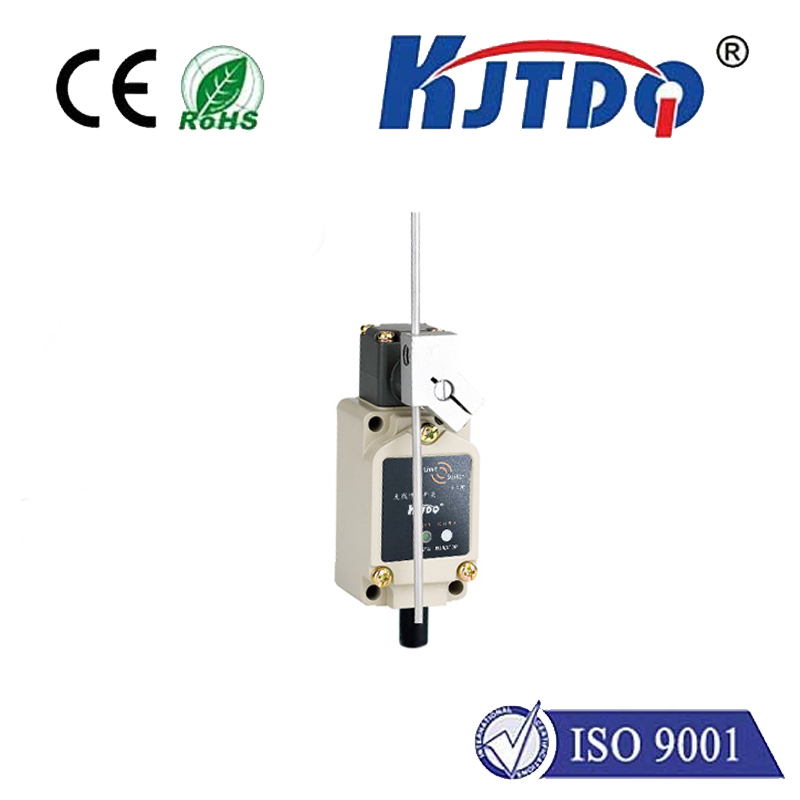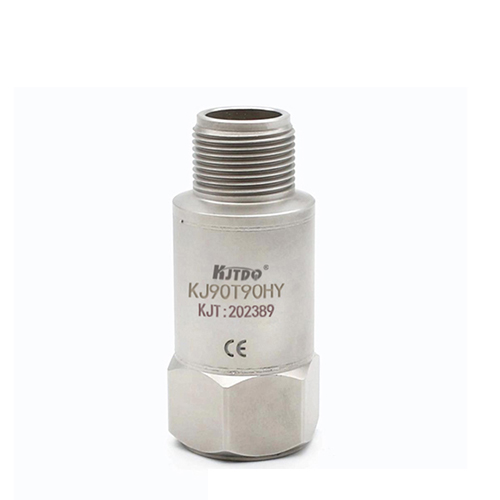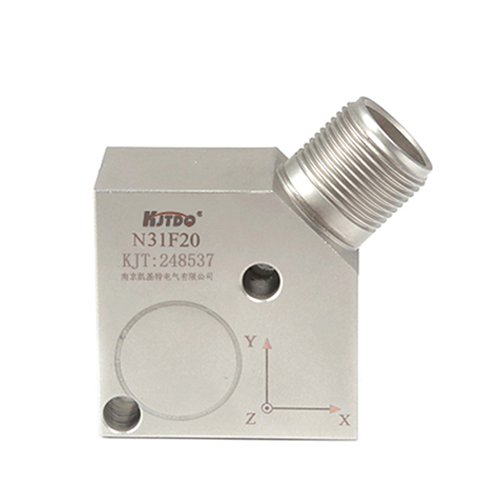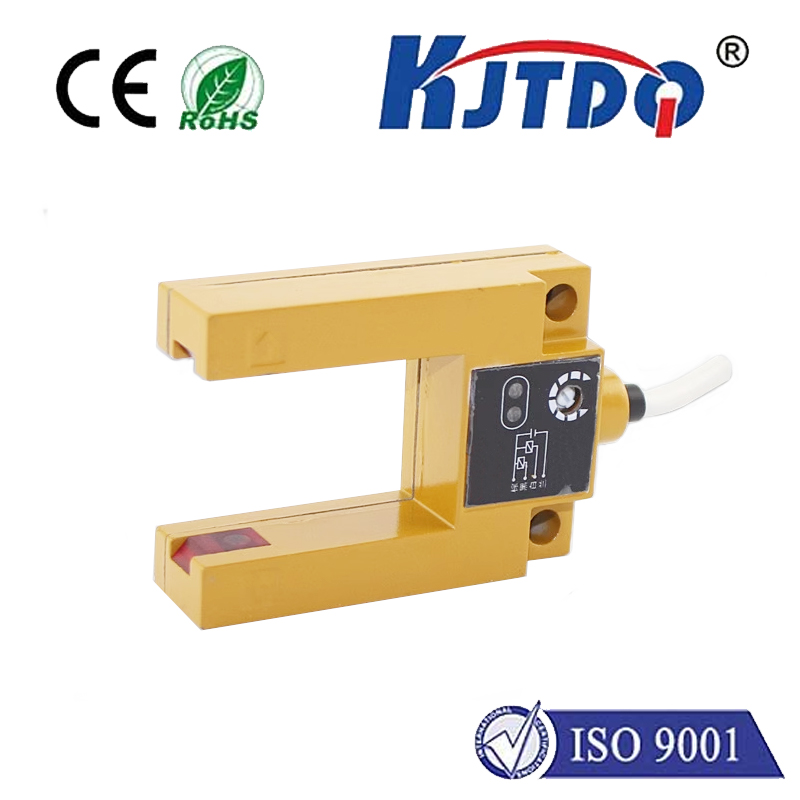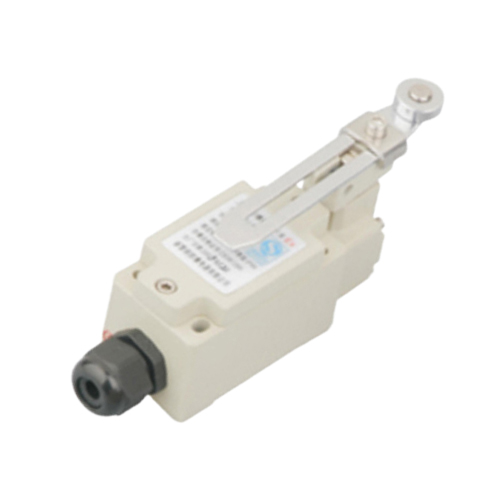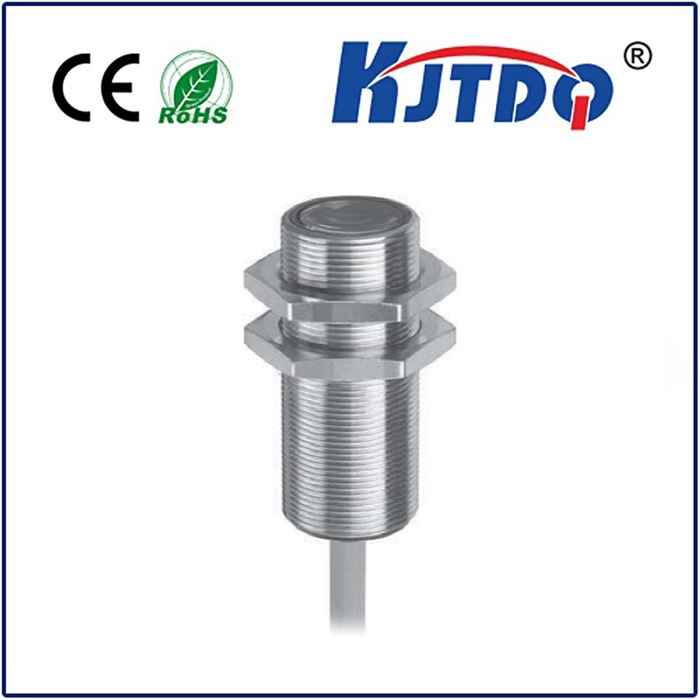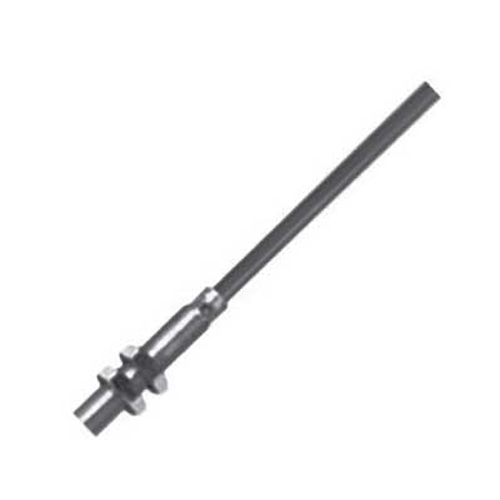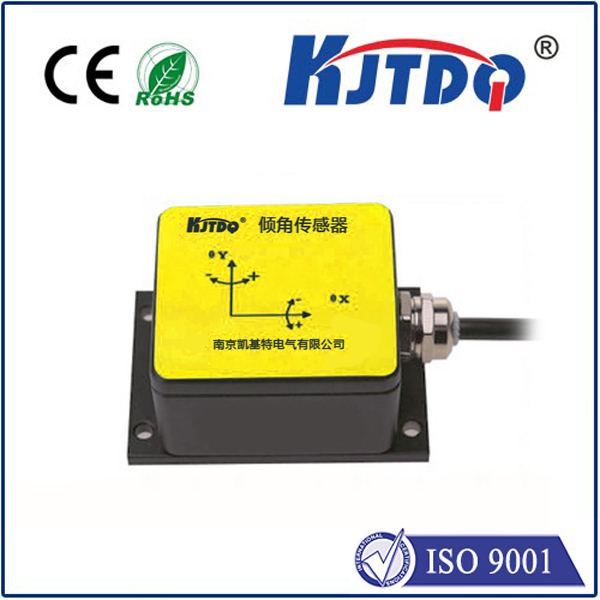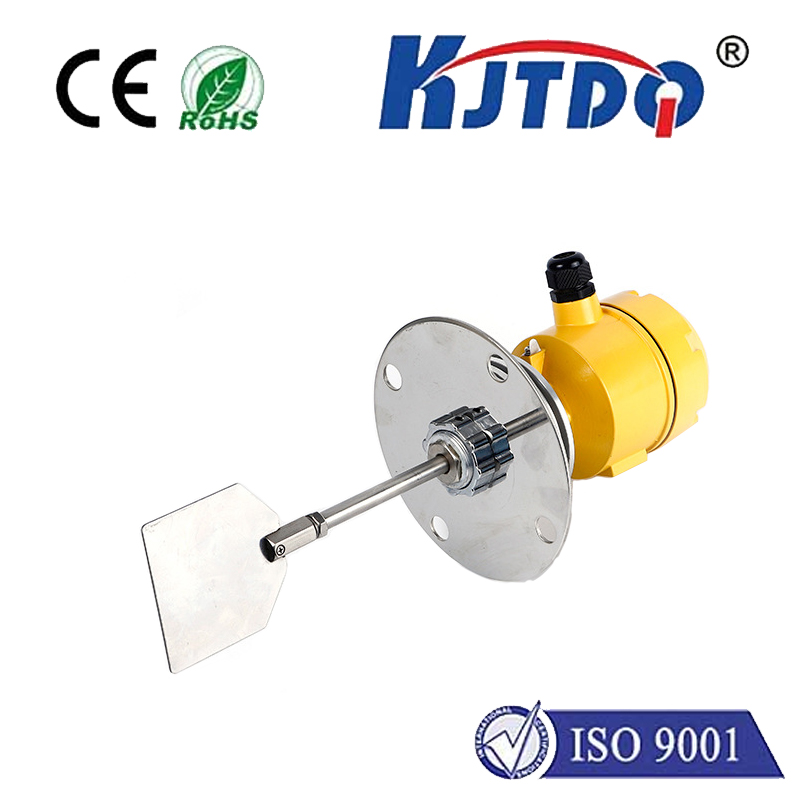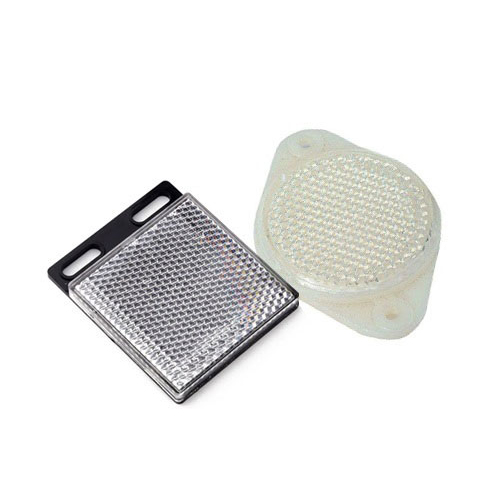vcsel proximity sensor
- time:2025-07-20 08:14:47
- Click:0
Powering Next-Gen Detection: The Role of VCSELs in Proximity Sensors
Look around you. That smartphone intuitively dimming its screen when held to your ear? The sleek laptop preventing phantom keystrokes when closed? The modern elevator door sensing your approach? At the heart of these seamless interactions lies a tiny yet mighty workhorse: the VCSEL proximity sensor. While often unseen, this advanced technology is rapidly becoming the gold standard for non-contact object detection, enabling smarter, more responsive, and more efficient devices that understand their immediate environment.
Understanding the Core: VCSEL vs. Tradition
Traditionally, proximity sensors often relied on LEDs (Light Emitting Diodes) as their infrared (IR) light source. While functional, LEDs have inherent limitations: their light emission is relatively broad and diffuse, requiring complex optics to shape the beam effectively. This impacts efficiency, accuracy, and miniaturization potential. Enter the VCSEL (Vertical-Cavity Surface-Emitting Laser).
Unlike edge-emitting lasers or LEDs, VCSELs emit a coherent, highly collimated beam of light perpendicularly from their top surface. This unique architecture unlocks several critical advantages for proximity sensing:
- Superior Beam Quality & Directionality: The inherent collimation of the VCSEL beam is a game-changer. It produces a tight, well-defined circular spot with minimal divergence. This means more concentrated light energy reaches the target object over a longer distance, requiring less optical shaping and significantly enhancing signal-to-noise ratio for detection. Accurate distance measurement hinges on precisely knowing where the light is going and how much reflects back.
- Enhanced Power Efficiency: VCSELs boast remarkably low threshold currents and high electro-optical conversion efficiency. They require less electrical power to generate the same or higher intensity optical output compared to LEDs. This translates directly to extended battery life in portable electronics, a crucial factor for today’s devices.
- Faster Response Times: The physics of VCSELs allows them to be modulated at very high speeds. This enables rapid pulsing of the IR light – crucial for time-of-flight (ToF) based proximity sensors. Faster modulation allows for quicker and more precise distance measurements, enabling features like instant screen blanking or gesture recognition.
- Compact Design & Integration: The surface-emitting nature and compatibility with standard semiconductor manufacturing processes allow VCSELs to be produced in large arrays on a single chip. This facilitates highly compact proximity sensor modules easily integrated into space-constrained devices like smartphones and wearables. Smaller size doesn’t mean lesser capability here; it means greater design freedom.
- Thermal Stability & Reliability: VCSELs exhibit consistent performance over a wide temperature range. Their wavelength shift with temperature is significantly lower than LEDs, leading to more stable and reliable operation across diverse environmental conditions. This is vital for automotive applications exposed to extreme temperatures or consumer devices used globally.
- High Reliability & Long Lifespan: Built on robust semiconductor processes, VCSELs are inherently reliable components with long operational lifetimes, meeting the durability demands of industrial and consumer markets.
Why VCSELs Dominate Modern Proximity Sensing
So, how do these advantages translate into real-world superiority for proximity sensors?
- Improved Accuracy and Range: The precise beam allows for cleaner signal detection and better discrimination against background noise (ambient light). This results in more accurate distance readings over longer effective ranges within the sensor’s design parameters.
- Lower Power Consumption: The efficiency translates directly to reduced energy drain, a paramount concern for smartphones, tablets, smartwatches, and IoT devices where every milliwatt counts.
- Faster Detection Speeds: The ability to pulse rapidly enables near-instantaneous response. This is essential for user experience – nobody wants a laggy screen dimming when making a call.
- Miniaturization: The small footprint of VCSEL chips and arrays empowers designers to create incredibly slim devices or pack more functionality into existing spaces. This paves the way for truly invisible sensing.
- Robust Performance: Consistent operation across temperature variations ensures the sensor functions reliably whether the device is used in a cold car or a hot summer pocket, critical for consumer trust and industrial applications.
VCSEL Proximity Sensors in Action: Beyond the Basics
The applications are widespread and growing:
- Consumer Electronics: Smartphones (screen blanking during calls, power saving), laptops (lid closure detection), tablets, wearables (wake-on-approach), VR/AR headsets (user presence detection, safety).
- Automotive: Interior cabin monitoring (occupant detection, child presence), driver alertness systems (detecting head position), gesture controls, automatic tailgate opening/closing (object detection), touchless control panels. The robustness and reliability of VCSELs are key enablers here.
- Industrial Automation: Object detection on conveyor belts, machine guarding (safety light curtains), robot guidance, position sensing, fill level detection. The accuracy and speed are crucial.
- Smart Home & Building: Touchless faucets, soap dispensers, lighting controls, presence detection for energy savings, automatic doors. Power efficiency and reliability drive adoption here.
- Medical Devices: Touchless interfaces, proximity detection for hygiene control.
The Future: Integration and Intelligence
The evolution of VCSEL proximity sensors is tightly coupled with advancements in sensing modalities. Increasingly, they are integrated into more complex systems:
- 3D Sensing & ToF: VCSELs are fundamental to time-of-flight cameras used in facial recognition (like Face ID), advanced gesture control, and augmented reality depth mapping. Their modulation speed is essential for precise ToF measurement.
- Multi-Sensing Fusion: Proximity data is often combined with data from ambient light sensors, accelerometers, and other inputs for richer context awareness.
- Integration with AI: Sensor data, including proximity, feeds AI algorithms for predictive behavior, adaptive interfaces, and enhanced automation, making devices truly intelligent.
Conclusion: The Clear Choice for Modern Sensing
VCSEL technology has moved beyond novelty to become the engine driving high-performance proximity sensing. Its unique combination of precision, efficiency, speed, and compactness addresses the critical demands of a connected, mobile, and intelligent world. As devices get smarter and interactions more seamless, the invisible pulse of the VCSEL proximity sensor will continue to play a pivotal role, solidifying its position as the cornerstone of next-generation non-contact detection solutions. From the palm of your hand to the factory floor, VCSEL technology is making proximity sensing faster, more reliable, and more energy-efficient than ever before.





